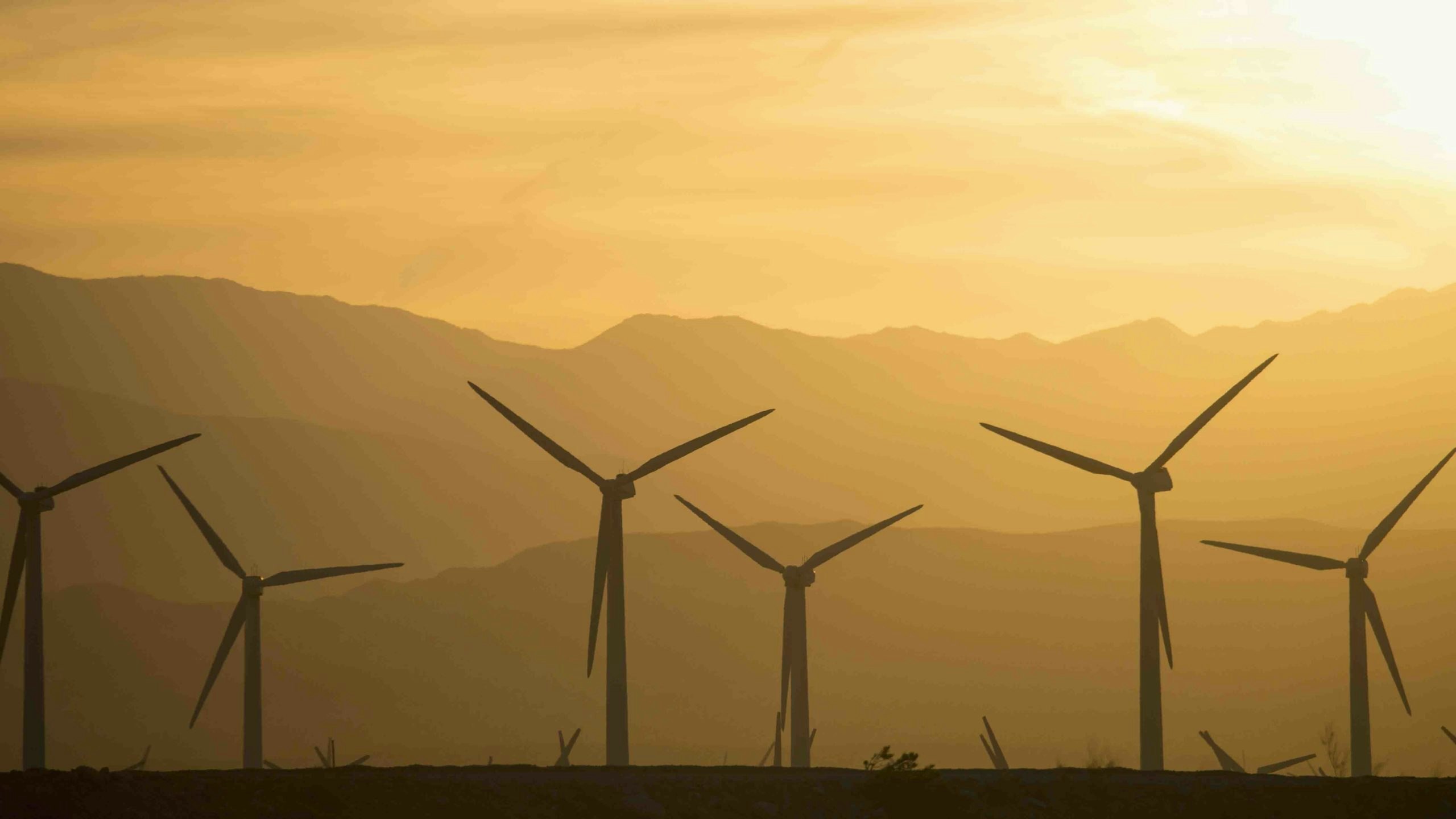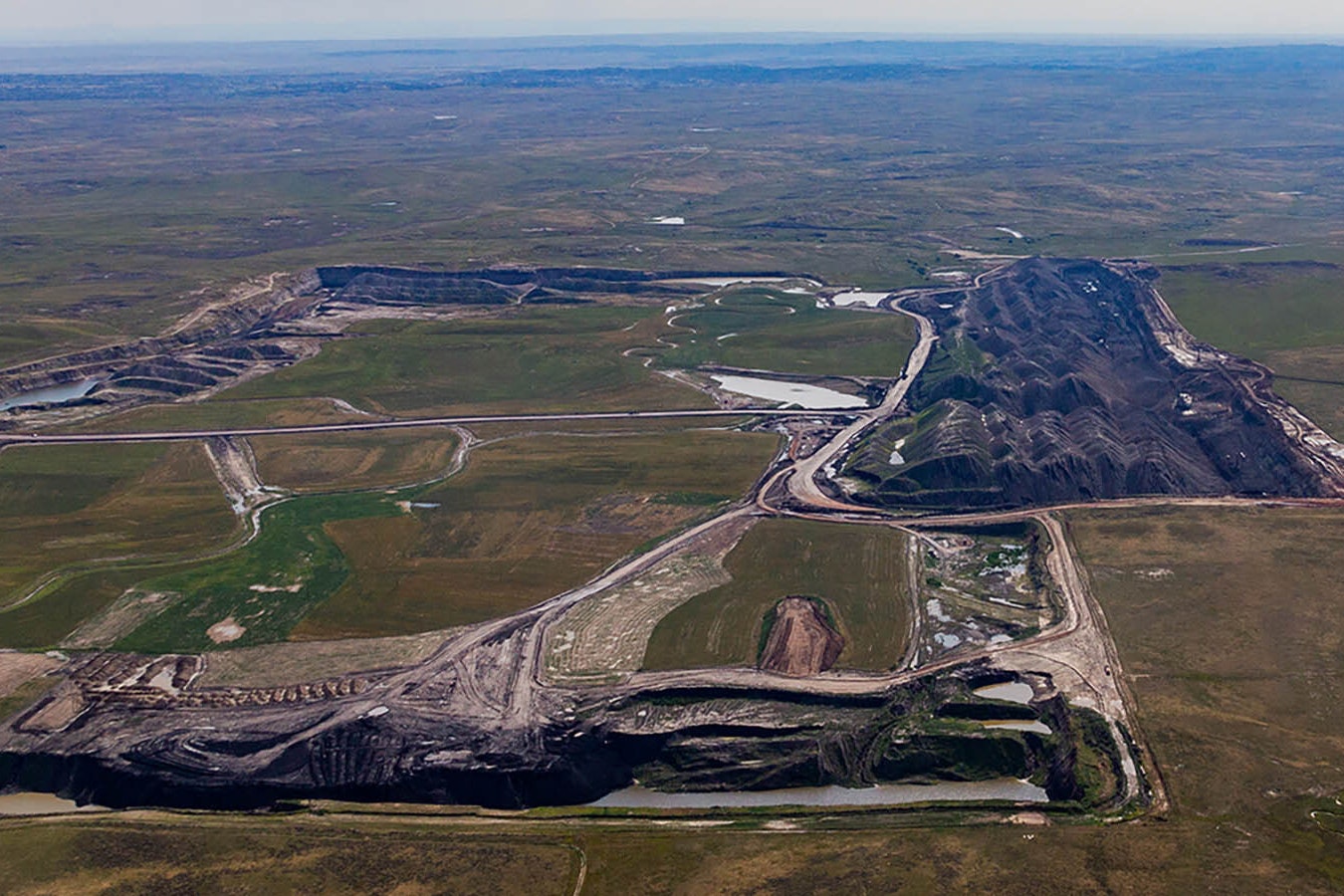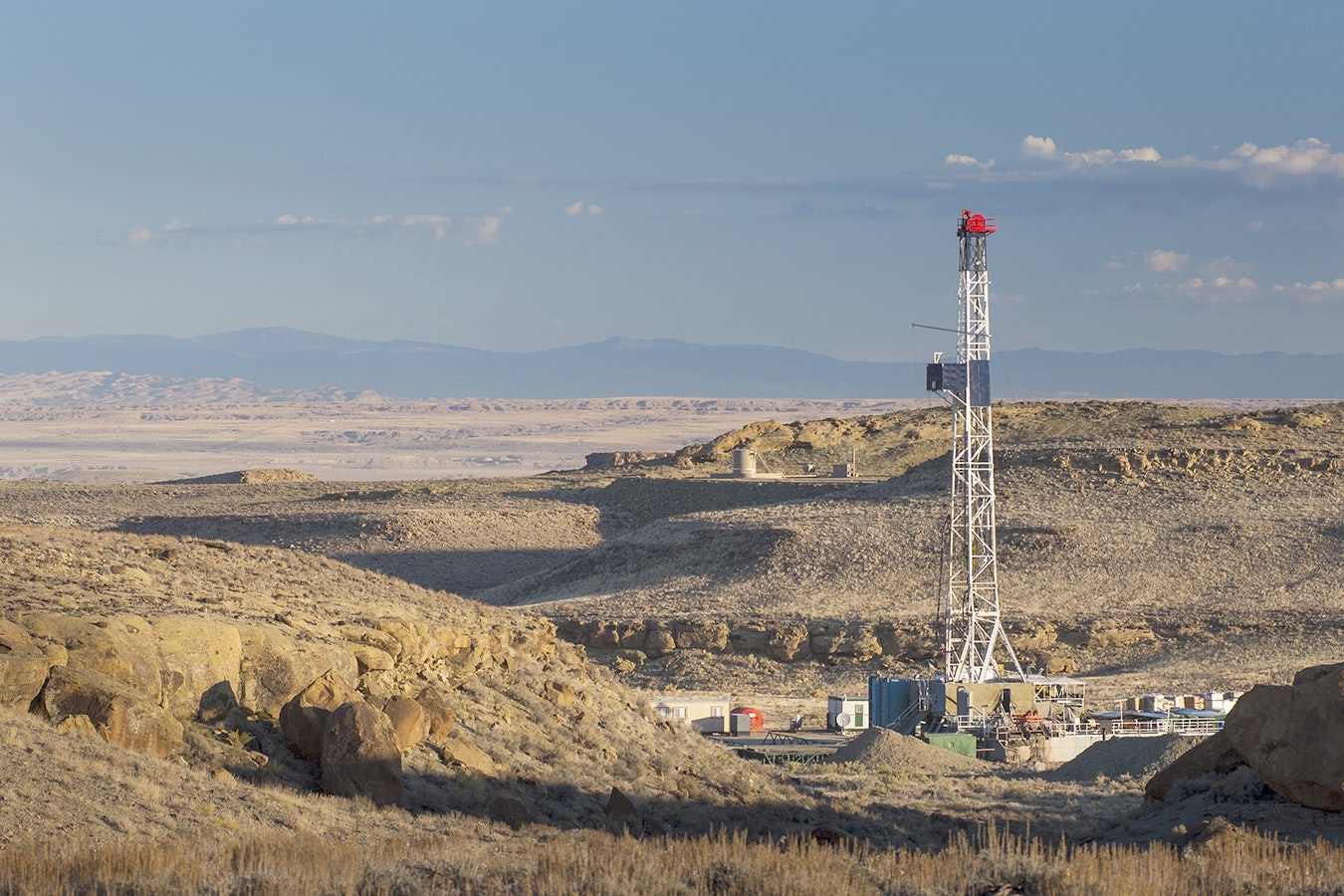By Kevin Killough, State Energy Reporter
Kevin@CowboySateDaily.com
Robert Bryce maintains a database of wind and solar projects that have been denied approval since 2015 because of local and state opposition. So far, only one Wyoming project has made the list, but even that project managed to eventually get a green light to proceed.
The energy expert and author of “A Question Of Power” told Cowboy State Daily that he believes as more open land in Wyoming is taken up by wind and solar farms, opposition will grow.
Rejection Database
Based in Austin, Texas, Bryce has been a journalist writing about energy for more than 30 years. His articles have appeared in The Wall Street Journal, The New York Times and Forbes. He’s also written several books on energy and hosts a weekly podcast.
He’s been keeping his Renewable Energy Rejection Database since 2015, which tracks dozens of projects across the country that have been denied permits at one point or another, which in many cases ultimately killed them.
The only Wyoming project documented in the database is the Albany County Rail Tie Wind Project.
In November 2020, the Wyoming State Board of Land Commissioners denied the company a lease that would have allowed the project to move forward. The following January, the board reversed its decision and granted the lease. The project’s developer expects it will begin construction in spring 2023.
Bryce said that with Wyoming having the second-most sparse population density, it’s got a lot of undeveloped land for these projects. In other states, where there’s far less open space, the impact on views spur a lot more local opposition.
“Those 600-foot-high wind turbines, I wouldn’t want to look at those blinking red lights all night, every night for the rest of my life,” Bryce said. “This is visual blight.”
Bryce said the wind farms lower property values and impact health and, as more transmission lines are completed to connect Wyoming energy generation with other states, they’ll only grow.
All Of The Above
Proponents of renewable energy in Wyoming, however, argue the economic benefits of wind energy is a boon for the state and they dispute claims the industry is harmful to health.
Powering Up Wyoming advocates on behalf of the wind and solar industry without opposing oil, gas and coal.
“We only advocate on behalf of renewable energy being a part of an ‘all-of-the-above’ energy strategy. We do not advocate against any of our traditional energy sources,” said Powering Up Wyoming Executive Director Chris Brown.
The organization has signed up Casper City Councilor Kyle Gamroth and Cheyenne Mayor Patrick Collins to do ad spots on behalf of the industry that regularly appear as part of a social media campaign touting the benefits of wind and solar in the Cowboy State.
Collins said the Roundhouse Wind Project west of the Cheyenne generates around $900,000 in revenue for Cheyenne annually, in addition to having an impact on the city’s sales tax base.
Wind Means Millions
Mark Eisele, who is on the Powering Up Wyoming advisory board, said wind energy allowed him to improve his 25,000-acre ranch near Cheyenne. The only word of caution Eisele has for the wind industry is that the projects during construction may reduce availability of public grazing.
Even with that concern, Eisele argues the solution is to work with the Bureau of Land Management rather than limit wind projects.
According to Powering Up Wyoming, an average of $11 million a year in land lease payments goes to Wyoming ranches and farms, in addition to $8 million in tax revenue on average annually to local and state governments.
A recent University of Wyoming analysis estimates at a low scenario that future wind projects will result in about $385 million in economic impacts to Wyoming during construction, and another $70 million over the life of the farms, assuming a 20-year lifespan.
Local Politics
In their opposition to the Rail Tie project, Albany County residents argued that the negative impacts to Wyoming’s unspoiled view will hurt tourism, negating the positive economic benefits to property, generation and sales taxes. Editorials pointed out the impact to wildlife from wind farms, including birds.
The arguments ultimately lost out to those pushing for the project’s economic benefits.
Writing in Real Clear Energy today, Bryce stated that 94 U.S. communities have rejected or restricted solar projects since 2017, and since 2015, 370 communities “from Maine to Hawaii have rejected or restricted wind projects.”
Since wind and solar require a large amount of land, much of this has occurred in rural areas. Bryce told Cowboy State Daily, as wind and solar projects encroach more on the open Wyoming landscape, the local opposition will grow.
“All politics are local, and that’s where people get active. That’s what I’ve seen all across the country. When people understand these projects are being built near their homes, their farms, their ranches, they get motivated, and they are motivated like no one else,” Bryce said.





